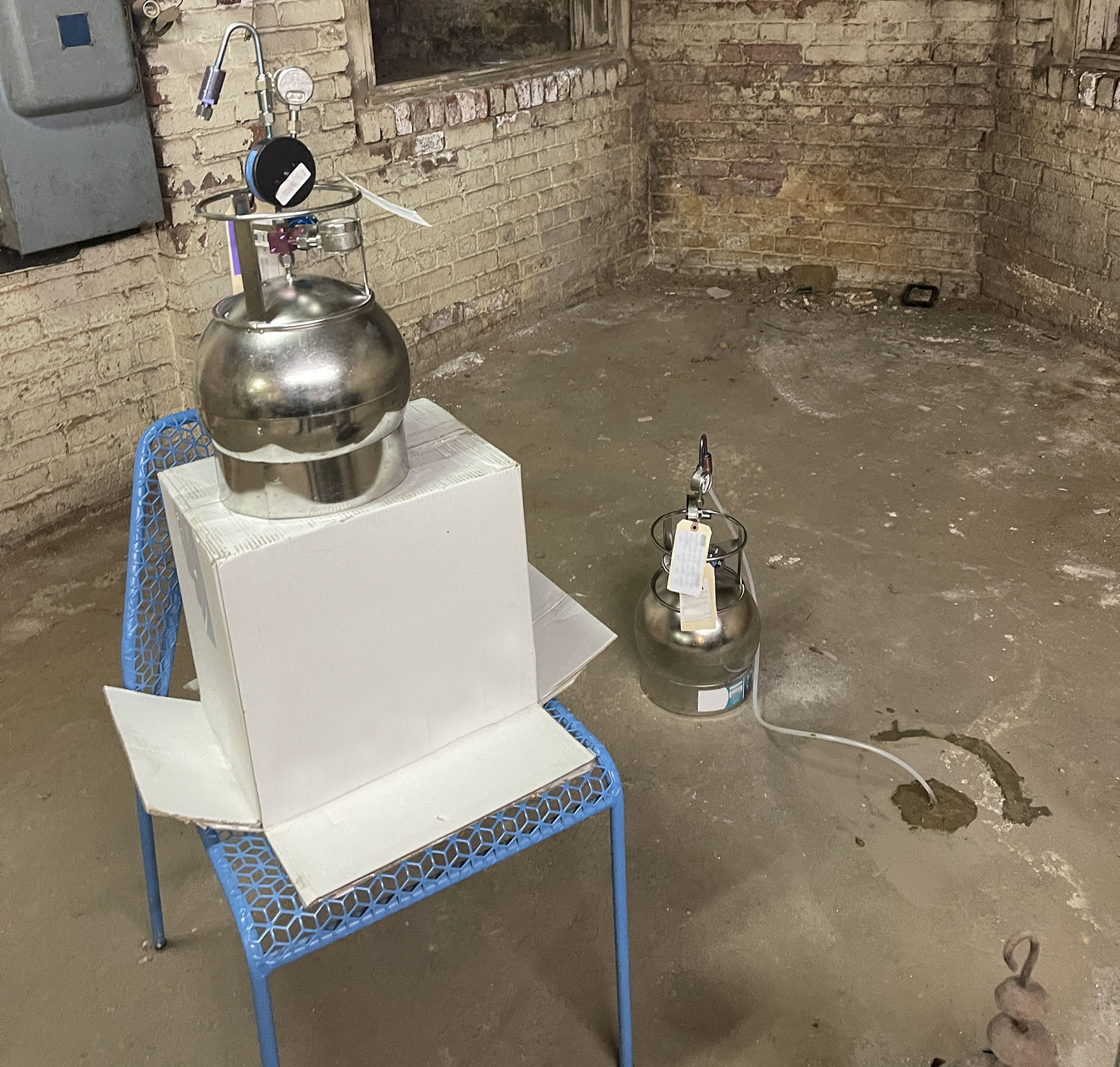Soil Vapor Intrusion and Indoor Air Quality Concerns
Dangerous chemicals in the air don’t just come from wildfires and smoke. Soil vapor can have a significant impact on indoor air quality. When soil and/or groundwater are contaminated by volatile organic compounds, these contaminants are released into soil vapor which has the potential to migrate into buildings, impacting indoor air quality.
What is soil vapor?
Soils differ in size depending on the distribution of clay, sand, gravel, silt, or rock in the subsurface. The soil particles are separated by air pockets, and soil vapor fills the pore space.
As soil vapor rises up towards the surface due to pressure gradients, it can find its way into buildings through cracks in basement floors, penetrations through foundations for various utilities, and other points that are not properly sealed. This is called soil vapor intrusion.
When does soil vapor become a concern?
Volatile chemicals such as gasoline and dry-cleaning solvents in liquid form quickly vaporize when they are exposed to air. When such chemicals are released to the ground due to spills or improper handling, they can adsorb onto soils or enter the groundwater. The contaminants can then transition into soil vapor, migrate in the subsurface, and find a path into buildings.
Human health risks due to inhalation of these vapors vary depending on the type of chemical, concentrations in the air, the person’s age, the length of exposure, etc. Health effects can range from eye irritation and headaches to increased chances of developing cancer or chronic disease.
How is soil vapor sampled?
During a soil vapor sampling event, subslab vapors, indoor air, and outdoor air need to be sampled to assess potential risks associated with soil vapor intrusion.
Inside the lowest level of a building, subslab soil vapors are sampled by drilling a small hole into the floor. Air from the soil is vacuumed into a canister for laboratory analysis. A similar canister is set up near the subslab sampling location at about five feet above the floor to gauge the vapor concentrations in the breathing level. Outside, the ambient air is sampled in the same way as the indoor air sample in order to obtain a background level for the property.
The subslab vapor and indoor air concentrations are evaluated based on the New York State Department of Health’s Guidance for Evaluating Soil Vapor Intrusion to determine if monitoring or mitigation should be performed to address potential soil vapor intrusion impacts.
What if a potential soil vapor intrusion is identified in my building?
Sealing any basement foundation cracks and increasing the amount of ventilation in the area are common ways to lower the potential for soil vapor to enter a building. A subslab depressurization system can be installed under the building, utilizing a fan to keep vapors underneath the slab from entering a building by creating a vacuum to extract vapors and release them to the atmosphere.
Concerned about soil vapor intrusion? Walden has a team of scientists and engineers that can help you investigate the issue and design a mitigation system if necessary! Give us a call at 516-559-6976 or visit our site investigations and remediation page for more information.

Read about Walden’s site investigation and remediation services here, and contact us at 516-559-6976 to speak with an environmental professional about any soil vapor concerns.
